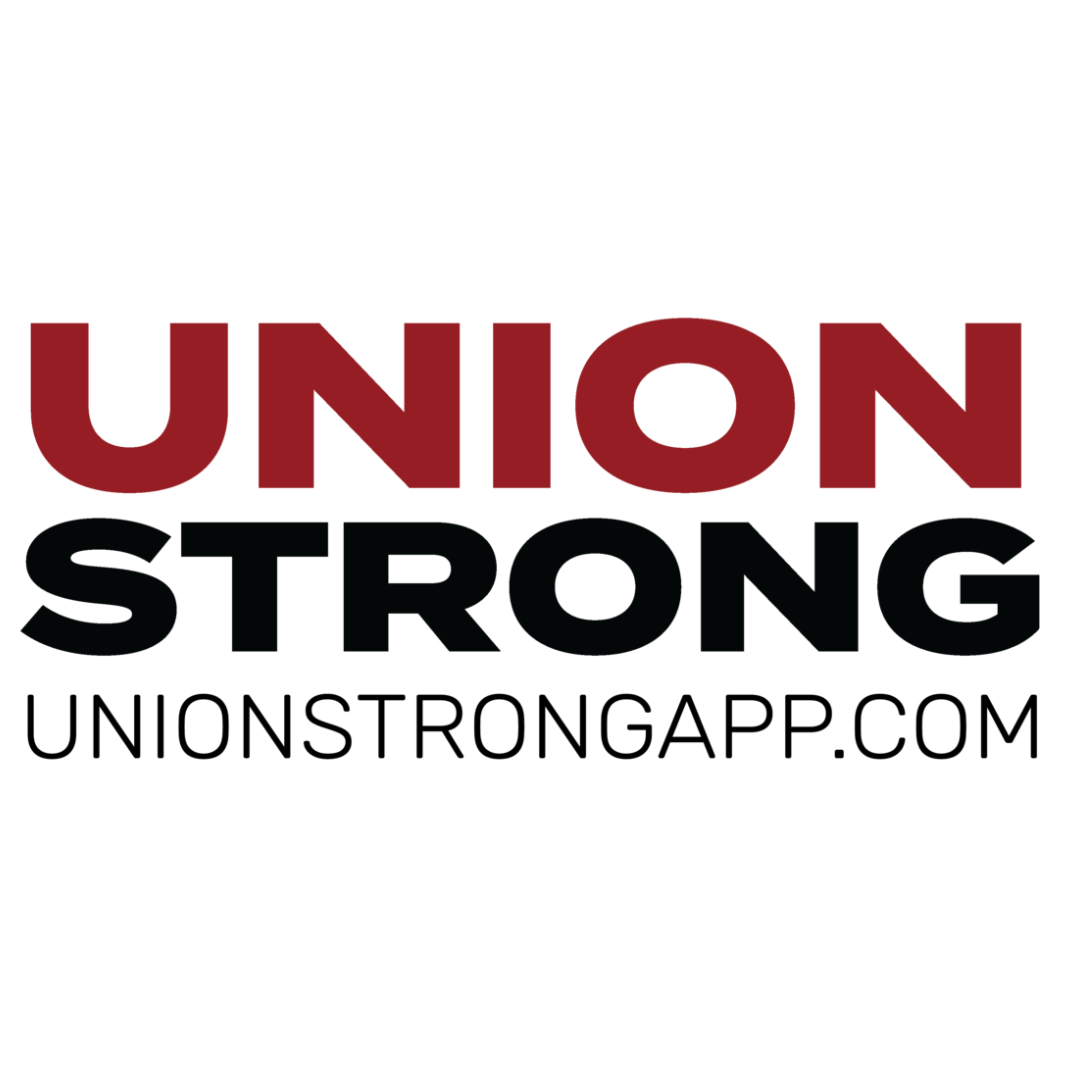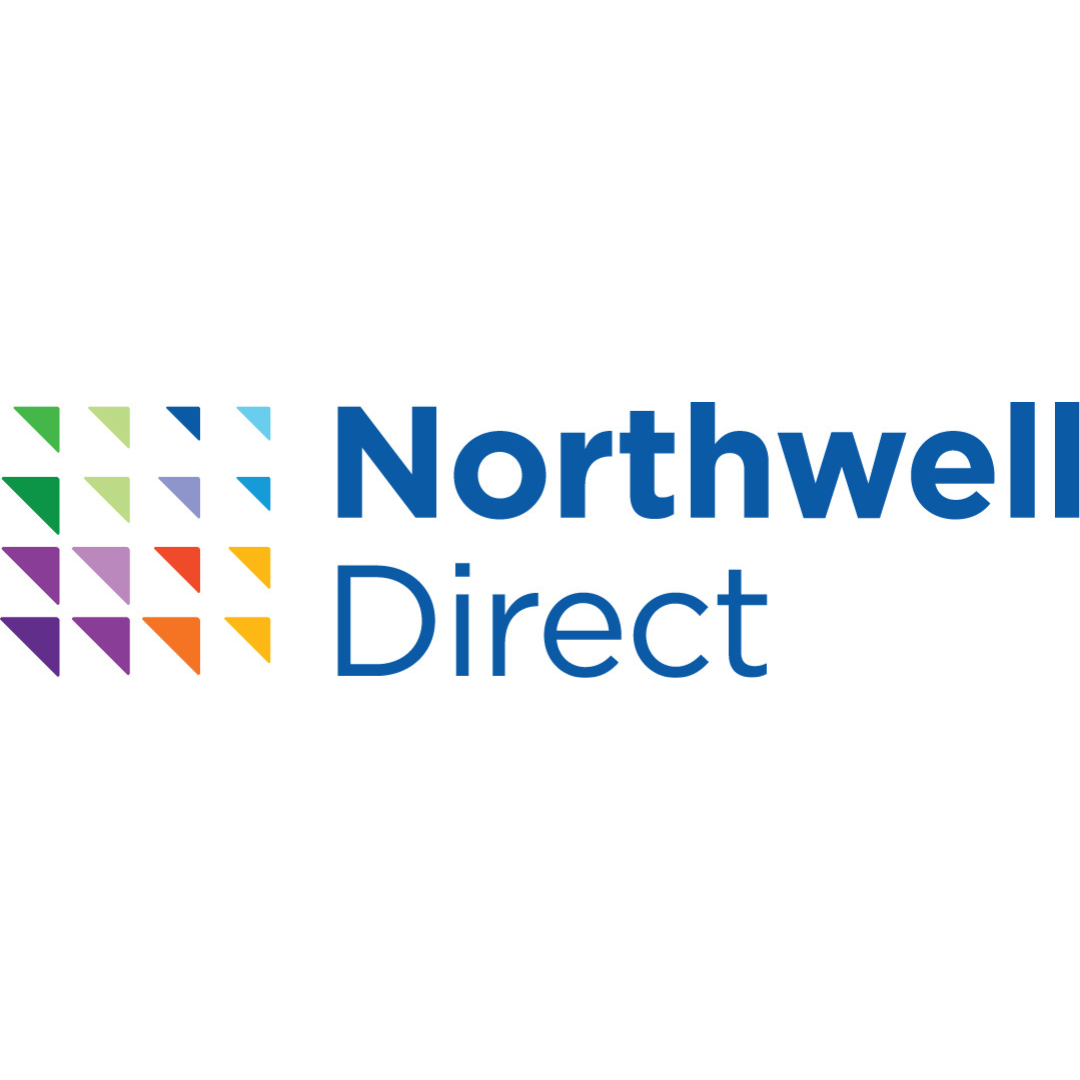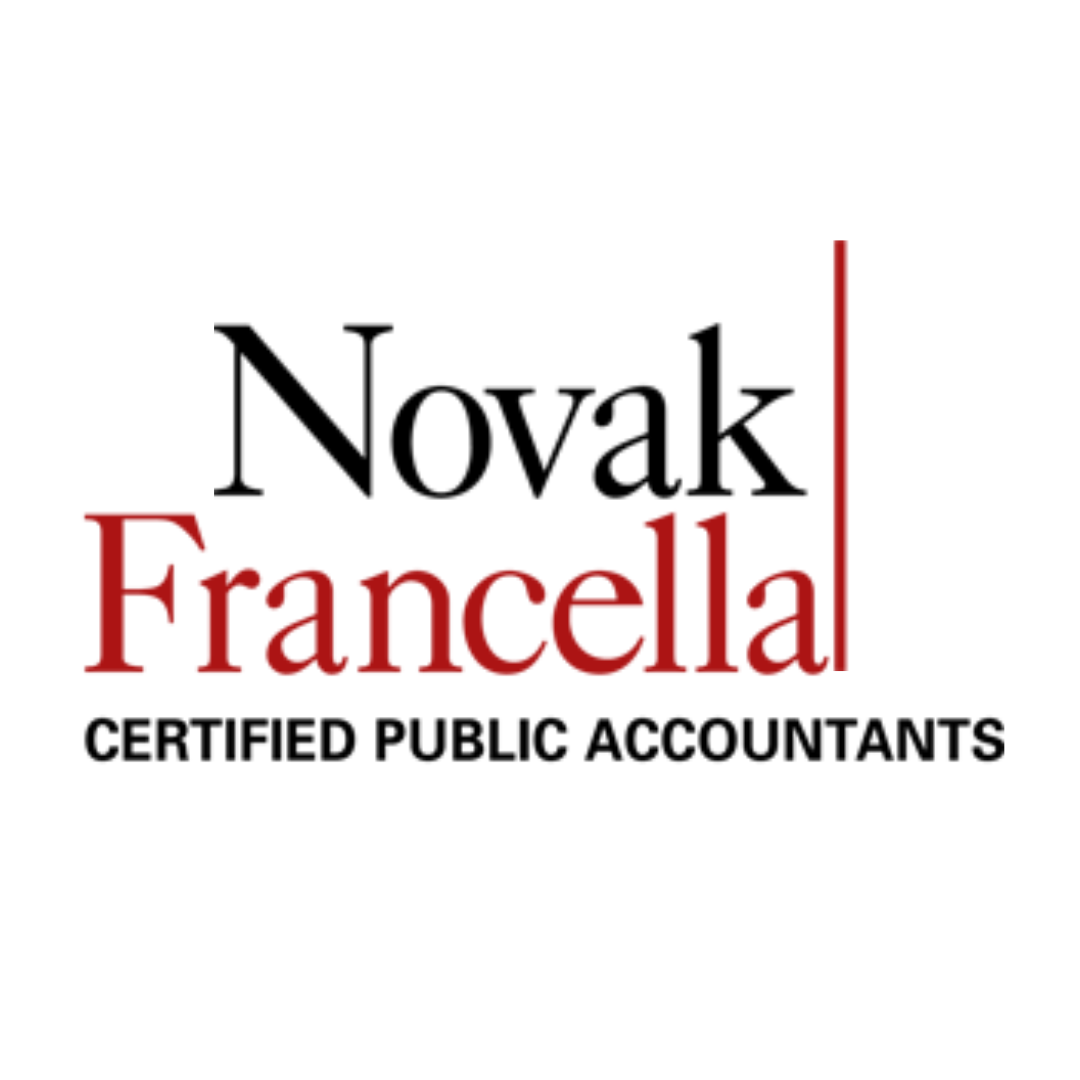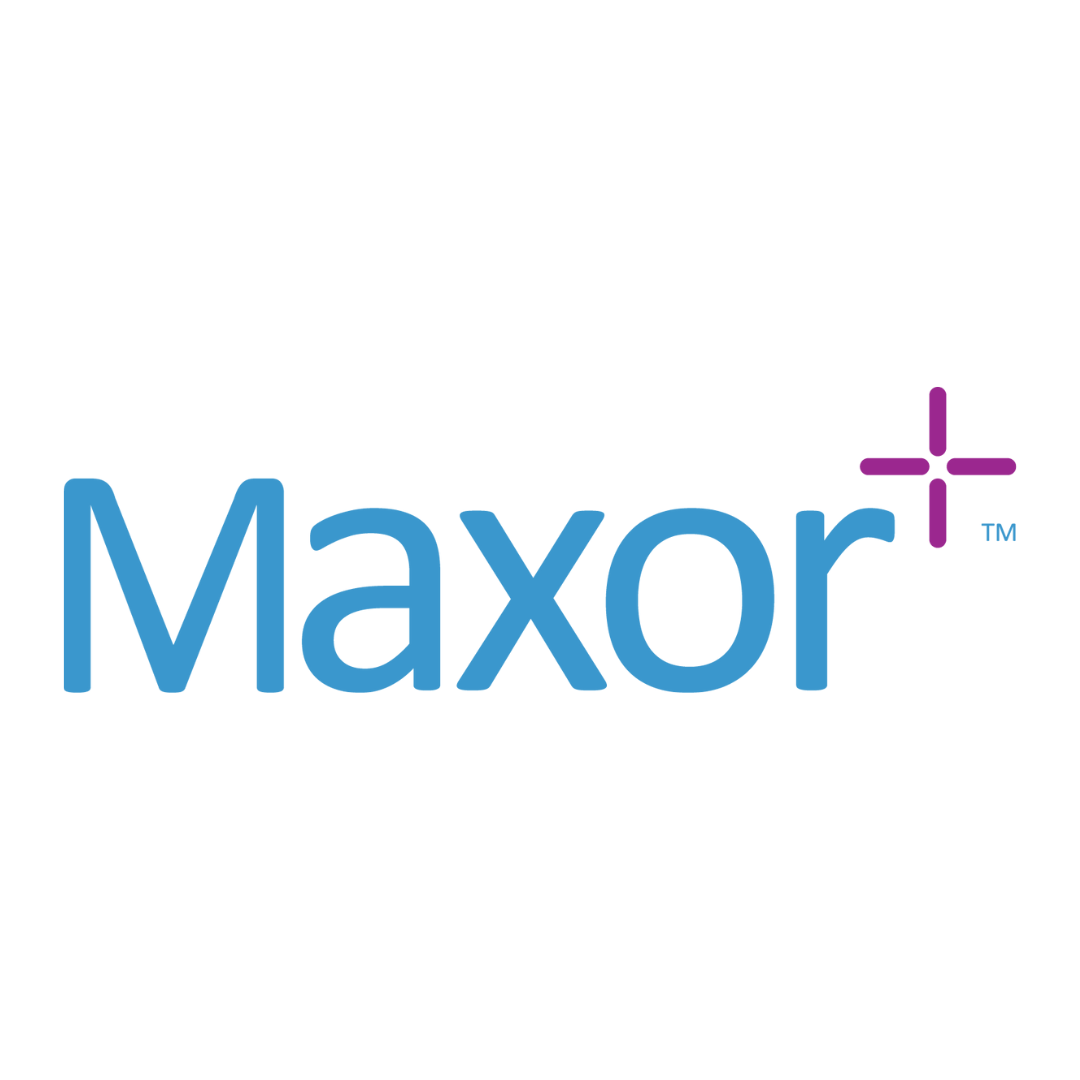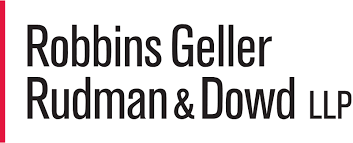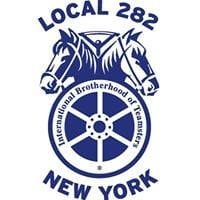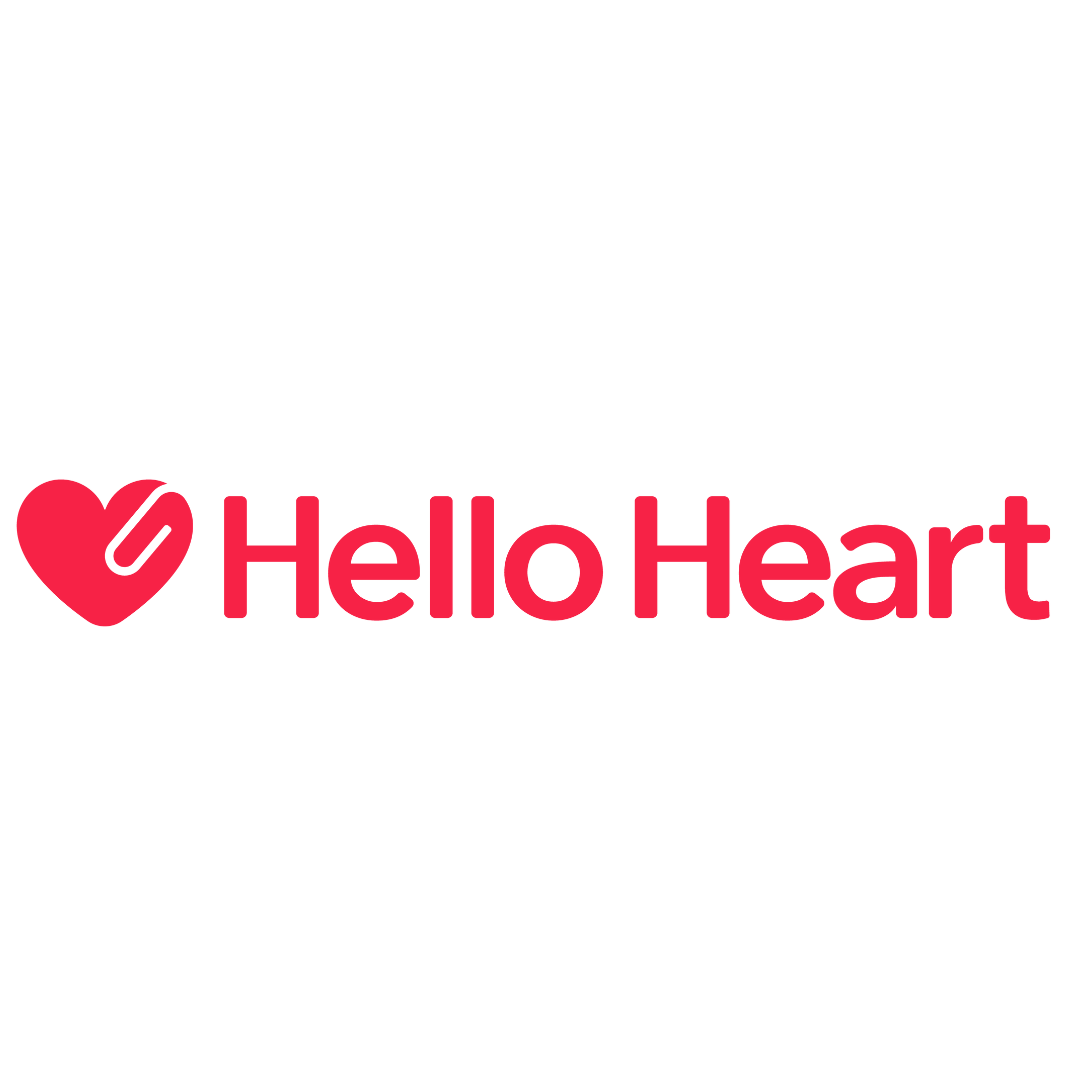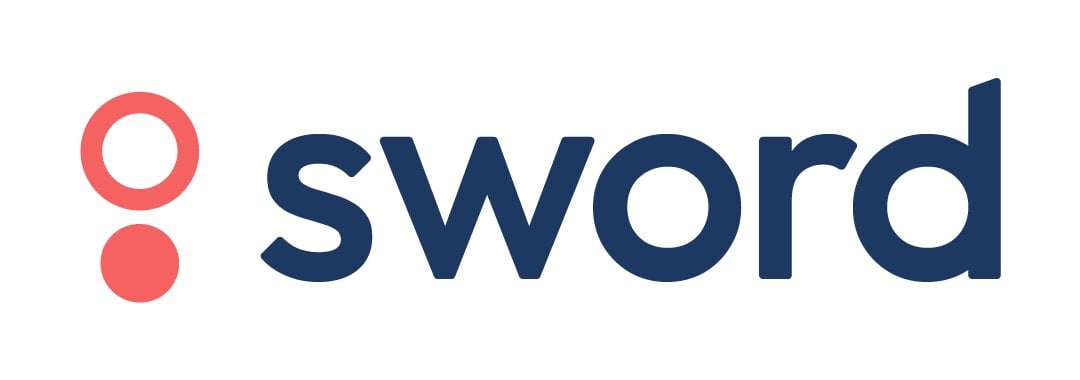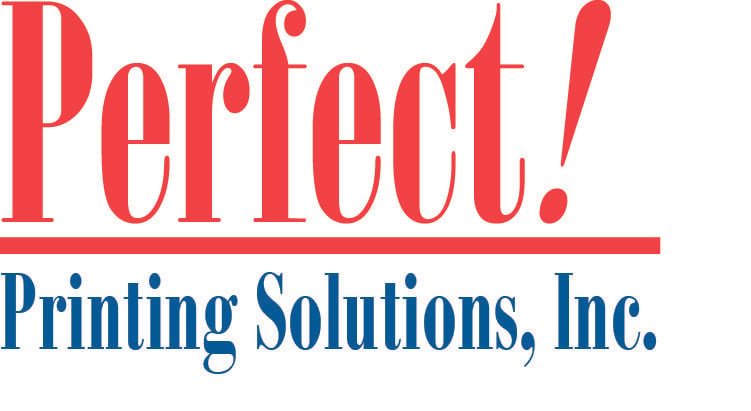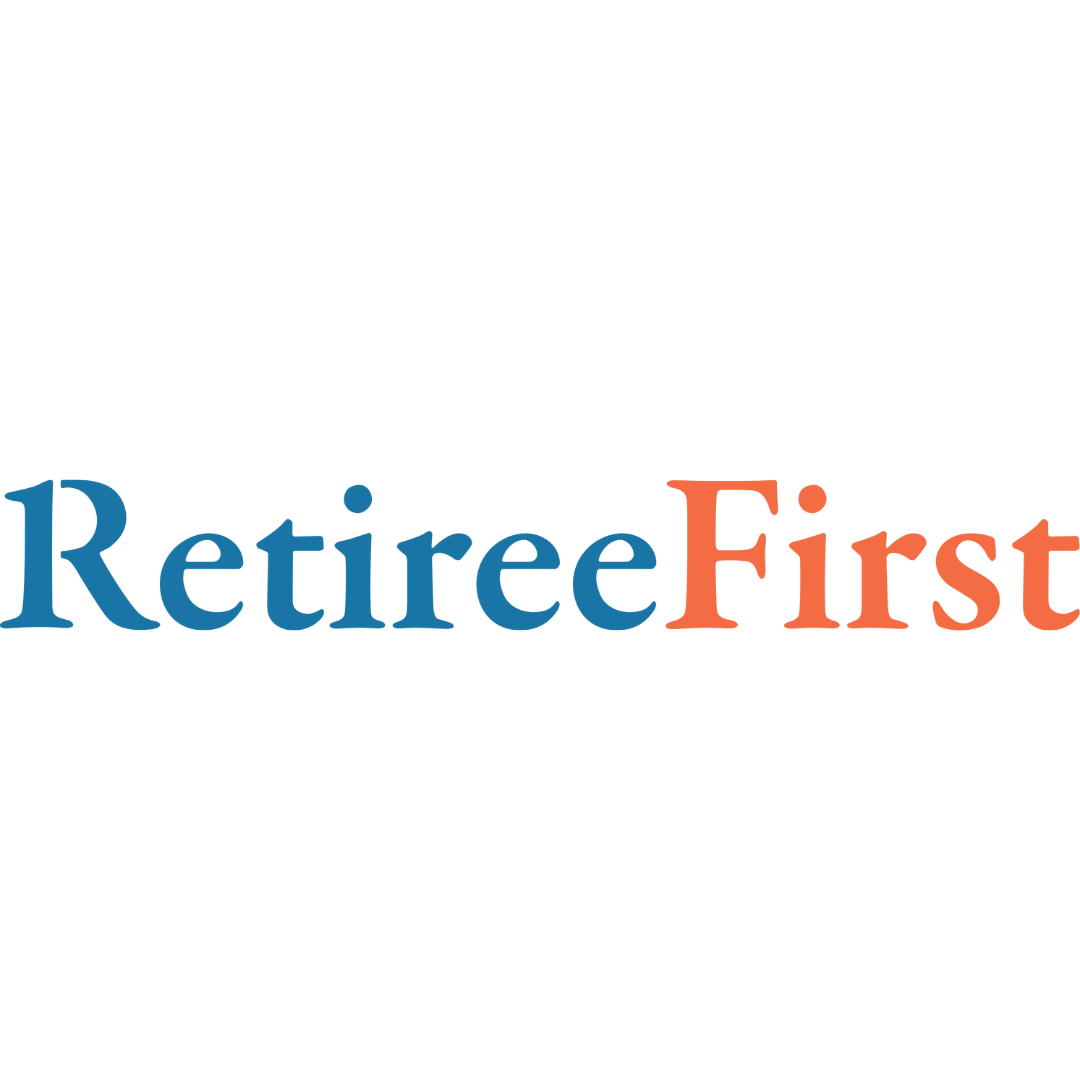The Essential Year-End Financial Checklist: 14 Financial Tips to Ring In 2023
December 12, 2022

As 2022 draws to a close, it’s natural to reflect on what you’ve accomplished and take a fresh look at where you’re going—personally, professionally, and financially. We’ve rounded up some of the most essential personal finance to-do’s to help you wrap up this year, and prepare you for the new one ahead.
Year-End Financial Checklist
While not every one of these tips and ideas will apply to your personal financial life, they offer a place to start, and may provide some fresh financial goals to work toward in the new year. After all, you don’t want to waste money, incur penalties, or pay any more taxes than you absolutely have to.
1. Do a 60-minute end-of-the-year review.
With pen and paper, or laptop, in hand, set aside time to look back at the past 12 months through a personal finance lens. Did you stay on budget or spend more than you planned? Did you save more or less than what you hoped to? Were you able to pay down debt, or did unexpected expenses set you back?
Be honest as you write it all down. The goal is to reflect on which financial goals you set out to achieve were accomplished and notice where you might have come up short. Taking time to celebrate your financial achievements from the past year, and think through what else you still need to work on can lay the foundation for next year’s goal setting. Even if there are some areas that need improvement, whatever your situation, you can gain mastery over your money by committing to making those changes.
2. Review your insurance policies.
Ensuring your home, health, and income are protected is more important than ever. Review any existing policies you or your family have, especially life insurance, homeowner’s or renter’s insurance, car insurance, and health insurance, and ask yourself these questions:
- Does the original reason you needed coverage still exist?
- Do you need to look at other insurance products?
- Do you need more or less insurance coverage in the coming year?
- Do your deductibles need to be adjusted?
- How do your insurance policies fit into your overall budget? What changes might you need to make?
Going through each of your policies one by one will help you get a better sense of where your money’s going and help you feel more secure.
3. Plan for large expenses coming up in the next 6-12 months.
Are you expecting any major life events within the next year, such as a wedding, divorce, birth, or starting college or a small business? Is there dental work or a big medical procedure on the horizon? Maybe your home is in need of repairs, or you need a more reliable car?
Whatever your financial situation, when it comes to paying for large expenses, you have options: saving up the cash, taking out a personal loan, using a credit card, refinancing your existing car loan, and more. Just be sure you do it without hurting your finances. Take on new debt only if the monthly payments fit comfortably into your budget. And do your research to find the best terms and lowest rates possible.
4. Check in on your emergency savings.
Any unexpected expense, such as medical bills and uncovered auto or home repairs, can set you back financially. According to a recent report by LendingClub and PYMNTS, the average cost of an emergency expense has risen to about $1,400 (over three times the Fed’s $400 figure).
Having a minimum of three to six months of basic living expenses stashed away in an emergency savings account will not only put your mind at ease, it can keep you from falling further into debt. With paycheck-to-paycheck living now the dominant financial lifestyle in the U.S., it’s more important than ever to be prepared to handle a financial emergency, especially when the cost of nearly everything is rising.
5. Review your credit card rewards and offerings.
The combination of rising interest rates plus rising food and gas prices were some of the biggest economic factors affecting Americans the most over the past year. This, along with robust consumer demand, created a surge in credit card usage, causing many to rack up more credit card (and household) debt in 2022.
As you go through your financial inventory, take a second look at your existing credit cards. Are the terms as favorable as they could be? It might be worth checking with your credit card issuers to see if they have any additional offers or elevated perks you can take advantage of to maximize your rewards and gain some extra value.
6. Get ahead of next year’s tax return.
On December 31, your personal tax year is over. Whatever your method for keeping track, grab your laptop, large envelope, accordion file, or box, and gather your year-end bank statements, tax documents, and receipts. In this case, keeping most (if not all) of this type of paperwork organized in easily accessible, secure online storage spaces (whether directly with your financial institution or a personal backup device), can help you find what you need, quickly and efficiently.
Employers typically mail W2s and 1099s in January. If you collected unemployment insurance, the state sends Form 1099-G. Your lender will send Form 1098-E if you paid student loan interest. Don’t forget to make sure all these institutions have your current address on file.
Skim your latest tax return for potential deductibles and note down any tax losses, credits, and payments to share with your tax professional. Remember to review your tax bracket for the year to get a better sense of what you might owe. If you start preparing now, come tax season you’ll feel less stressed, be ready ahead of time, and avoid those late filing fees.
7. Revisit your tax withholding.
Changes in dependents, income, and marital status can all affect your tax bill. Use the IRS’s tax withholding calculator to decide how much you want to be withheld from your take-home pay moving forward.
If you find saving on your own difficult to do, having more taxes withheld from your paycheck could mean a bigger tax refund (and a bigger savings cushion) come April. On the other hand, if you’re in debt and received a large tax refund last year, consider changing your withholdings so you can use that money to pay down your debt sooner.
8. Spend and plan for eligible flex dollars.
Flexible spending account (FSA)
A flexible spending account allows you to set aside pre-tax money to pay for health care or dependent care expenses not covered by your health plan. If you have unspent money left in the account, find out the deadline for using it, or check if your employer allows the balance to carry over into the following year. And while you’re at it, reevaluate how much you want to set aside next year.
Health savings account (HSA)
If you’re on a high-deductible health plan (HDHP) and not enrolled in Medicare, you may qualify to make tax-free contributions (up to a maximum amount) to a health savings account to pay for medical expenses and lower your taxable income. The money in the account can be invested tax-free, and if you use it for qualified medical expenses, you won’t owe any taxes on it.
9. Consider charitable donations as holiday gifts.
Many charities and nonprofits see their biggest fundraising dollars come in at the end of the year. And for good reason. Making a charitable contribution (especially if done in honor of a loved one) is a thoughtful way to allocate your holiday spending. If you itemize expenses on your tax return, your charitable contribution may be deductible. Just gather those gift receipts so you’re ready when April rolls around.
10. Set up your social security benefits sooner than later.
Even if you’re under 60, it’s a good idea to set up an online account with the Social Security Administration now. Not only will you receive personalized information about projected retirement benefits (or what you’d receive if you became disabled), it’s cool to see what you’ve earned over your lifetime on one page.
Knowing what your benefit could be will help you with your retirement planning. Whatever benefits you do receive will depend on what you’ve paid social security tax on. So make it a habit to revisit your account at least once a year and correct any mistakes.
11. Double-check your designated beneficiaries.
When you apply for a life insurance policy, 401(k), IRA, and even some non-retirement accounts, you will be asked to name one or more beneficiaries. A beneficiary is the legal name of the person or persons you want to inherit the proceeds from your accounts or policies after you die.
This can make a huge difference to your estate planning because many people don’t realize that a will (if they have one) does not control who receives all of their assets when they pass away. So not naming beneficiaries when you’re asked to could mean your money gets tied up in probate (a big hassle) for months or years. Know the critical mistakes to avoid when naming beneficiaries.
12. Get a free copy of your credit report.
You’re entitled to one free copy of your credit report from each bureau, every year. The Federal Trade Commission (FTC) explains your right to a credit report and provides contact information for their authorized vendor. Once you’ve got your report in hand, carefully review it and correct any errors.
13. Pay down your credit card debt.
Even if you’ve been keeping your spending under control this year, that doesn’t mean you should sleep on debt. Gather all the information you can about your credit cards, your remaining balances, and their due dates and interest rates.
A good rule of thumb for tackling credit card debt is to start paying off the cards with the highest APR first, so you don’t pay a penny more than you need to. You could also look at consolidating some of your debt into a personal loan at a lower rate than your current debt.
14. Make a financial New Year’s resolution.
Every new year presents a fresh, new beginning. What are your financial goals? Will you finally pay down your credit card debt, or improve your credit score? How much would you like to see in your emergency fund in 6 or 12 months from today? Maybe you’d like to get some retirement planning or investment advice from a financial advisor. Or, maybe you want to diversify your existing portfolio, or start investing for the first time (even if it’s just a small amount). Whatever your financial goals, write them down, create some milestones, and think positive.
The Bottom Line
When you take time at the end of the year to look back at how far you’ve come, and what steps you still need to take to plan ahead for a healthy financial future—you’ll feel more in control of your money and your life.
Remember, it’s always a good idea to consult with a licensed tax professional or financial professional for answers and advice about questions related to your specific tax and/or financial situation. LendingClub does not provide tax advice.

